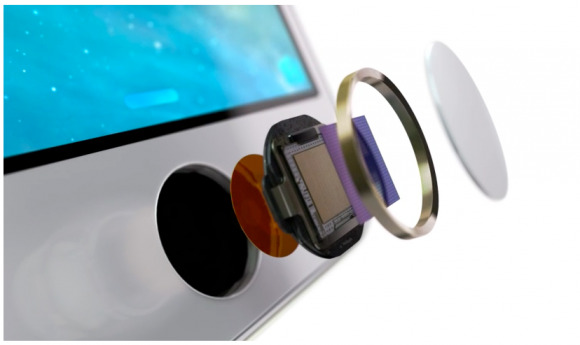Blame Apple for the Nexus 6's missing fingerprint sensor
Apple may get blamed by many for trampling on innovation, but it turns out the company – or at least its rapacious supply chain – was to blame for the Nexus 6's cute-but-dumb dimple. The branded divot beneath the current Android flagship's camera may act as a handy place to rest your finger, but it was meant to be a far more useful location for a fingerprint sensor, according to former Motorola chief exec Dennis Woodside. Now at Dropbox, Woodside confirmed in an interview recently what many had suspected since the Nexus 6 was first unveiled.
"It was supposed to be fingerprint recognition," Woodside told UK newspaper The Telegraph, "and Apple bought the best supplier."
That left Motorola in a tricky position, since Apple had effectively snatched up the only company with hardware suitable for primetime. "So the second best supplier was the only one available to everyone else in the industry," he said, "and they weren't there yet."
Apple bought AuthenTec back in 2012, splashing $356m on the security firm and then pulling up the drawbridge on the company's existing clients.
Apple, of course, used the biometric technology itself for Touch ID, which was first included on the iPhone 5s and has subsequently shown up on the latest iPads.

Integrated into the phone and tablets' home button, Touch ID is unusual in fingerprint scanners in that it works regardless of orientation: you can stab it angled at any point from around the sensor, and it should still function.
In contrast, rival fingerprint systems – such as that Samsung integrated into the home button of the Galaxy S5 and other recent phones – demand a far more precise swipe in a certain direction. That limitation has been cited as a major reason why they're less useful than the biometrics on the iPhone.
According to Woodside, the ability to unlock the Nexus 6 by tapping a finger against it rather than punching in a PIN "wouldn't have made that big a difference," though whether owners of the phone agree is questionable.
The rival suppliers may be catching up to Apple's technology, however. Samsung is rumored to be using a new fingerprint sensor on the Galaxy S6, which requires only a touch rather than a swipe.
For the Nexus 6, though, such advances have come too late. Still, the dimple might serve at least some use for Woodside, in helping him hold the phone. "It's a bit big for me," he admitted, "I drop it all the time."
SOURCE The Telegraph
